Terrific Techniques
from The Past Two Years
(or, "How I Learned To Love google ClAssroom and Run The Best Damn Workshop of My Career")
1. Portfolios & Google Classroom
I begin by saying, "You have to end this year with a portfolio. It will be due around June first. It will have about 50 pages worth of your creativity: writing, poetry, visual art, reflections, and other original material that you will create this year. We will do a little bit each quarter, and build it throughout our year together. If you meet the quarterly goals, then you will easily accomplish a great portfolio."
Then, I show them samples.
Even with the pandemic limitations, I coached these students as much as any others I've worked with the past 27 years. They accomplished authentic, meaningful work that they NEVER thought they could do. Through this work, they improved their literacy skills in inspiring, unknown and unexpected ways. It didn't seem to matter if they were at home, in class, or somewhere in between ... students are passionate about their literacy when they feel like their writing, reading, reflections, and art matter to them and might mean something to another person.
The portfolio is the most effective way to both begin and end the course. I just love setting this long-term goal and then working together with each student to accomplish it.
Click here for a sample pandemic portfolio just finished in June 2021.
Turns out, Google Classroom was ready for pandemic teaching. Fortunately, I had already been using GC for a few years and had some experience with it. My GC techniques evolved over the past two years, and I'm looking forward to a new start in September. Even if I have 28 students in the room, I'm still going to run most of the class through GC.
List: Some things I do through GC.
1) All my grades. Assignments fall into two categories: ungraded and graded.It's so easy to let GC do the grades -- especially with the new direct link to Infinite Campus.
2) Discussion questions. I love getting all students to contribute. I "create" a "question" -- and that lets me show all answers to all students on Meet/Zoom. I use these questions to take the class temperature, emphasize writing skills, add variety, etc. -- and I review student responses. EVERY student writing his/her thoughts is SO MUCH better than calling on one student whose hand is raised.
3) Ask for pictures of work. It's so easy for students to submit screen shots of their work, especially for notebook pages and visual response art.
4) Inspire revisions. Formative assessment is so easy and palpable on GC, students are eager to do revisions for more points.
5) Post the lesson plan the night before class. It's effective for me to get my thoughts into a post before I go to bed, and then I just follow my own road map for class.
Photos: My Google Classroom posts from the first day and the Portfolio Assignment. Some sample lesson plans. You can see exactly how I "begin at the end" and use GC to convey all information I need my students to know.
You can also see how I use "student samples" to teach everything.
Pandemic teaching immediately necessitated learning and utilizing A LOT of technology in order to keep our students engaged and learning. For me, it was just as important to lean on my tried-and-true strengths -- like portfolios, student samples, and encouraging students to "bleed on paper" and "experience the therapeutic value of writing and other arts".
2. Notebooks & FoRmative assessment
Through Google Classroom, it was easy to coach students through a ton of exercises to get them consistently exercising their literary muscles. I ended each quarter by asking students to submit "10 Notebook Pages" for a grade. I had been collecting real notebooks for a few years now, but I will never go back to that strategy. Using GC to look at photos of their notebook pages was easy, interesting, and gave them a choice of what to submit.
Through FORMATIVE ASSESSMENT, I could say to a student, "This is worth 80/100 because a lot of pages aren't filled and I'm not seeing enough of our classroom exercises. Resubmit it for more points."
Again, Google Classroom is really perfect if you like to use formative assessment to coach better work from your students. Their portfolio reflections indicate they really enjoyed being taught in this manner and being given the opportunity to improve their grades if they improve their work.
Regular readers know that for decades, I didn't grade creative work: I only evaluated it as "final" or "not yet final". But that didn't seem to work as well in the hybrid era.
For me, the pandemic experience opened the doors to effectively using formative assessment -- ant not just for notebook submissions. EVERY ASSIGNMENT I gave this year had built-in opportunities to "resubmit for more points". And Google Classroom is PERFECT for this -- very easy to change a 65 to an 85 to a 100 if the student does the revisions.
I consistently open class with notebook ideas and timed entries.
List: Some favorite notebook exercises.
1. 10-minute freewrite. "Draw, doodle, write ..... just keep the pens and markers moving for 10 full minutes. Then, I put a timer on the screen (very important!!).
2. 15-minute quickwrites. This journal-prompt strategy is based on an exercise in figure-drawing classes, where the model moves every 30 seconds. Here, I change the topic every 3 minutes. I love to find topics from all over the internet, especially "self-help journal ideas". I always get them to set goals in these sessions, too. Might be "Bucket lists" or "things to accomplish this week" ... I gained great experience this year using Google Slides to present the topics.
3. Topical mind maps. Mind-mapping still works amazingly well even in the hybrid classroom .... so I will guide them to "Make a mind map of important settings in your life..." if I'm going to teach some setting poems later in the class.
4. Connect to literature. I always ask them to set reading goals: short-term to life-long. Then, I have them "loop back" and reflect on goals they accomplished or failed to accomplish. I mostly teach through independent "reading" -- and encourage students to consider Ted Talks, podcasts, and YouTube instructional videos as "Alternative Literature".
5. Outside item. This is when a student has to put something into their notebooks and reflect on it. "Inside items" are most of the notebook -- the ideas come from "inside" you. But, here, tape or glue in a ticket stub, letter, photo, or some other item of note. Or, draw it in. It's all about writing the response to something.
6. Looping & Reverse Looping. The first term means you look back in your notebook and find a detail to bring forward for a new mind map or written entry. Maybe you mentioned Paris earlier … so you “loop” back to that idea and devote an entry to Paris. “Reverse Looping” my classes invented this year: When you go back and add details, shading, drawings or anything else to further develop an old page.
Photos: Notebook handout, Quarterly Notebook Assignment, and some student submissions.
Self-Select Books & Lots of Music
Although I encourage students to pursue "alternative literature," I never stop encouraging books. And we know that simple encouragement, book talks, suggestions from friends, and self-selected literature are the KEYS to getting students to read .... not threatening them with tests and teaching students to hate books.
I engage my students in self-select literature with some of these techniques:
1) Reading Goals Mind Maps -- This is a stock exercise of mine, and it works wonderfully submitted through GC.
2) Visits to the librarians. I love to let librarians do their thing: Talk books! (Meanwhile, I guide them in their note-taking. "Take out your notebooks while the librarians are talking ..." I say.
3) Constantly asking them to reflect on their reading. and set new goals I use my ungraded "Discussion Questions" to achieve this purpose. These are posted through GC and students know their comments are public. This is no-opt-out, introvert-inclusion, literacy-development work ... and it feels so easy!
4) Requiring "Literary One-Pagers" for points. Again ... this stock exercise works so well if you encourage students to use technology or not, show them many samples, and encourage them to create meaningful response art. GC and formative assessment pair wonderfully to get students to add layers, do revisions, and earn more points.
5) Incorporating "Personal Development" literature in my suggestions and reading. A lot of students don't even know about the self-help genre and these books can be quick reads that change lives.
6) Encouraging students to try graphic novels, audiobooks, and alternative literature. These flexible strategies can really help you engage ALL students.
One of my favorite strategies is teaching students that MUSIC IS LITERATURE. Almost every day, I opened class with music. I constantly asked them to do mind maps or respond to discussion questions about songs, great lyrics, favorite artists.... etc. The 2nd-Quarter essay was a "Song Analysis" that always goes over well (pick any song and analyze the meaning of its lyrics while practicing our essay-writing lessons).
I tried hard to play music and videos that students suggested while at the same time incorporating lessons on Bob Dylan, Eminem, Jay Z, Bruce Springsteen, Billy Joel and a bunch of other favorites.
Of course, for decades I have been encouraging students to "Put your headphones on and write ..."
All these strategies worked wonderfully in the hybrid classroom.
Photos: Music pieces, GC Ungraded Discussion Question, Reading pieces, Personal Development lit.
In Sum ....
Instead of learning EVERYTHING, I did what I know works: notebooks, portfolios, and authentic student-art.
I just modified it a bit, trusted the students at home, and believed in the virtual workshop.
To solidify a lot of this, click here to see the "Open-School Night" video I made.
To sign up for an on-line class I'm teaching in the fall, click here.
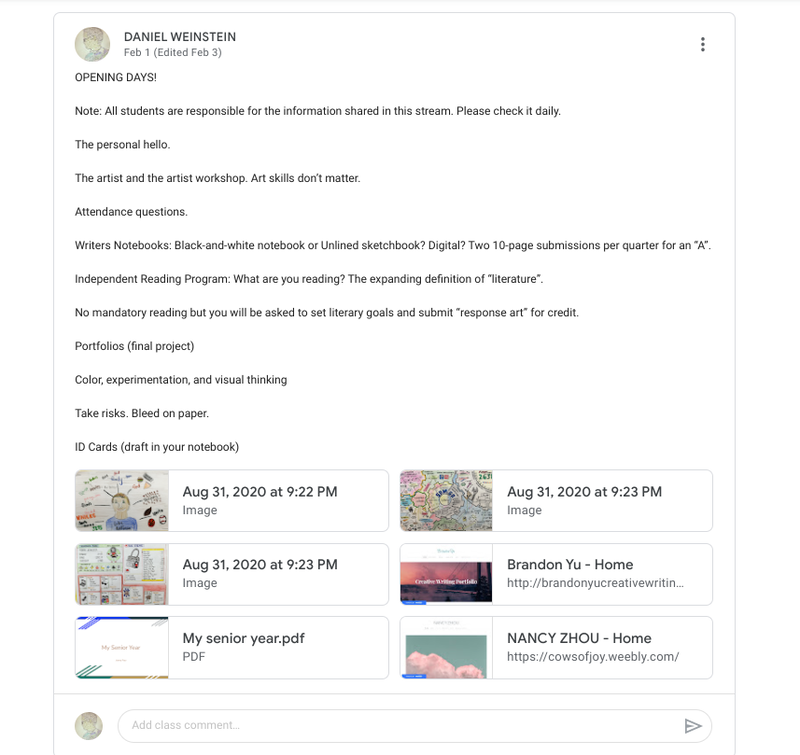

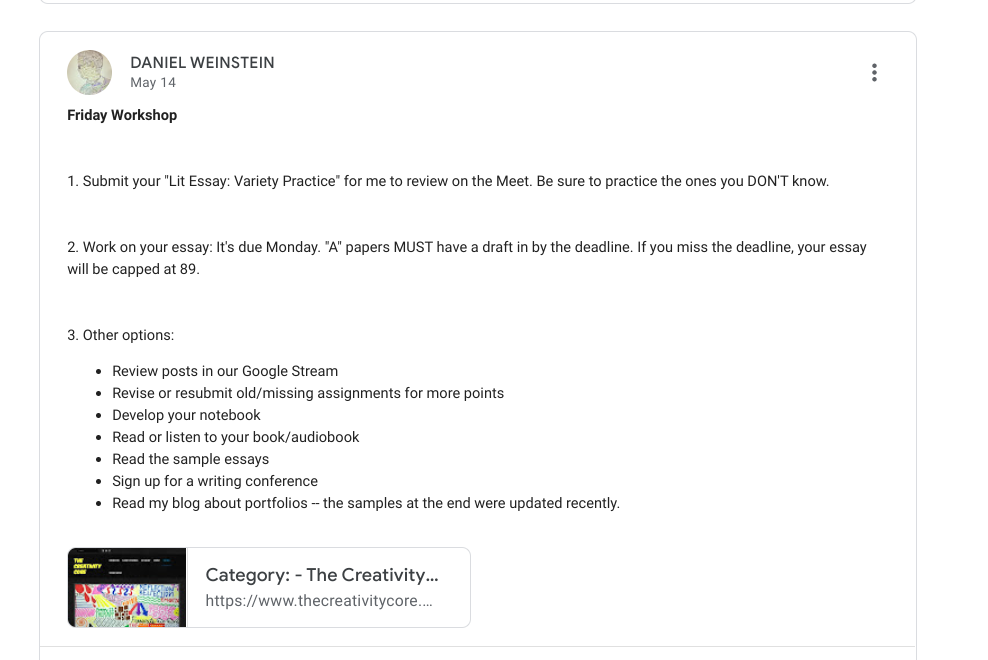
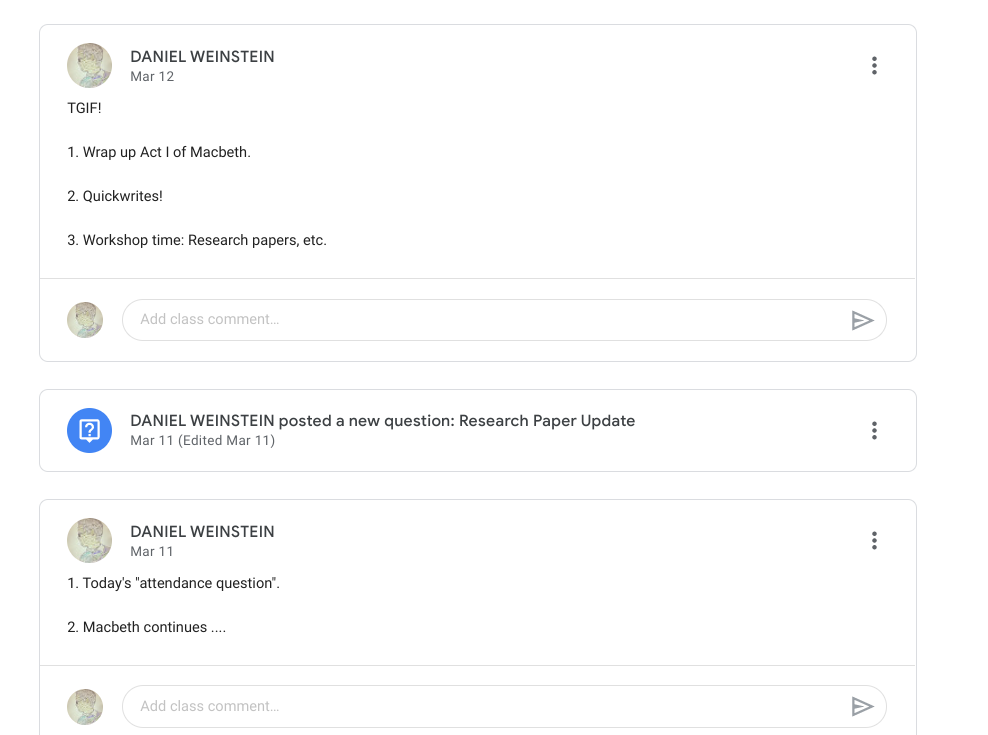



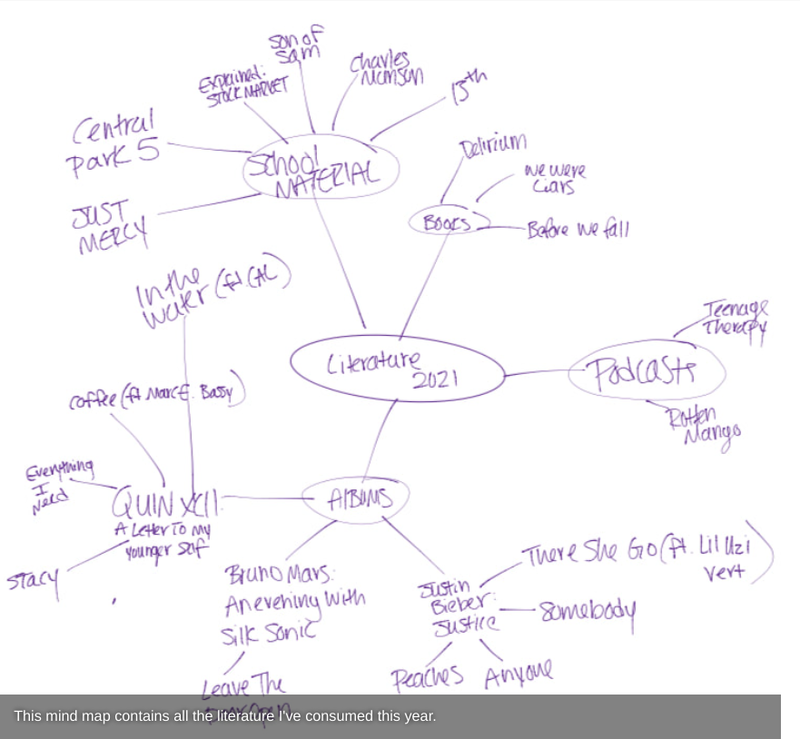
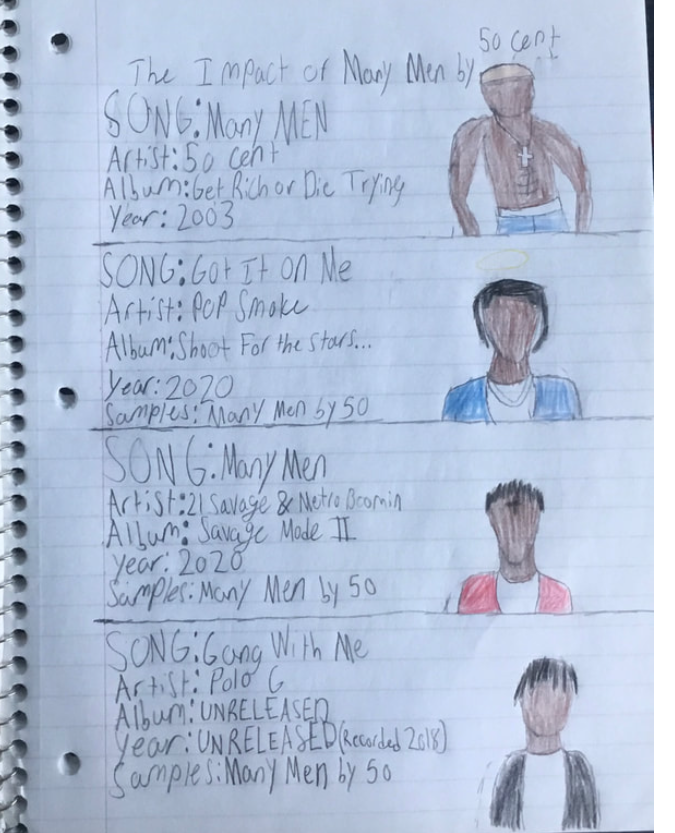

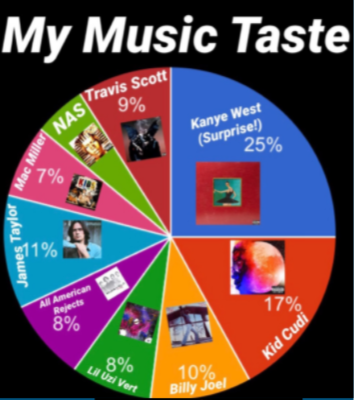
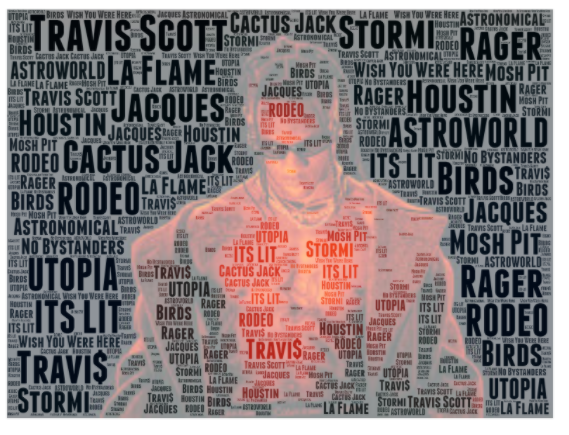
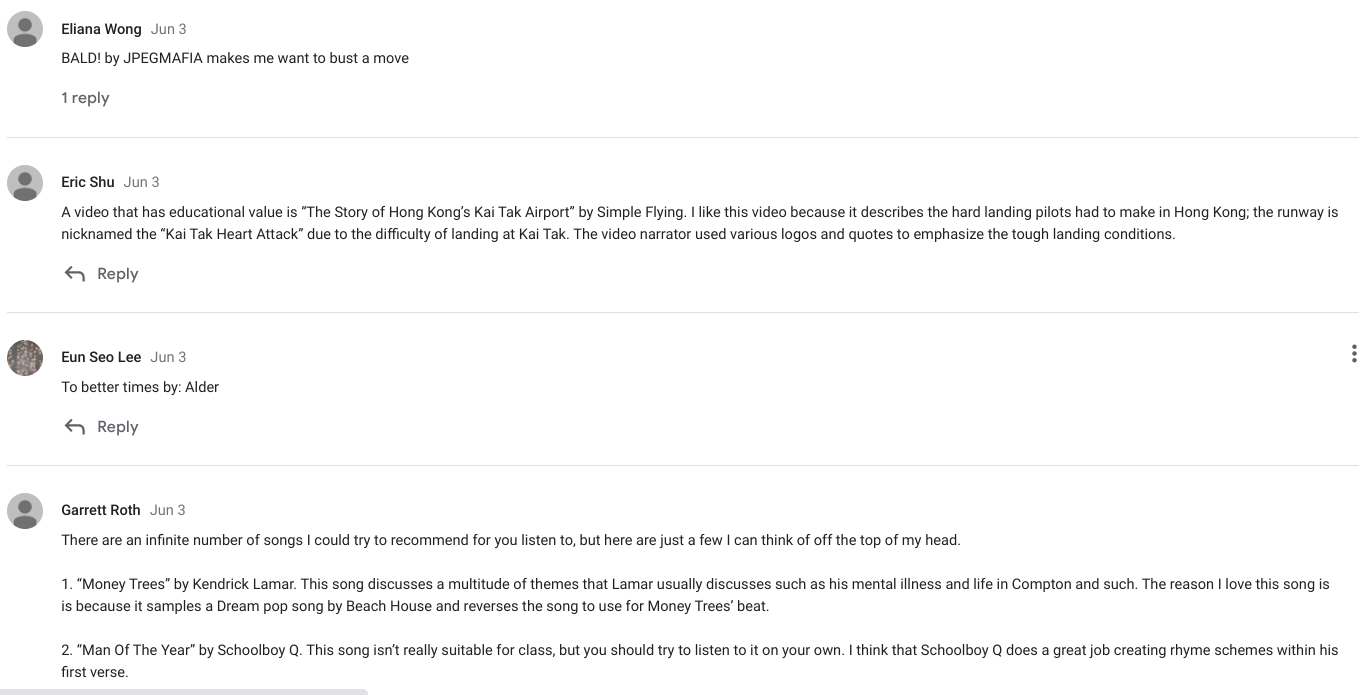
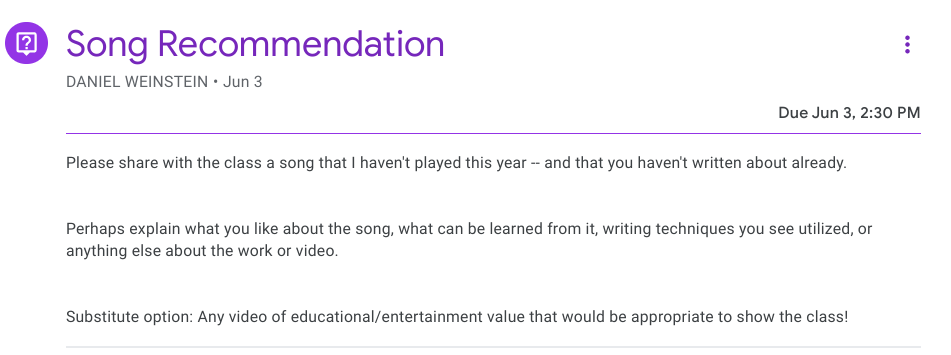
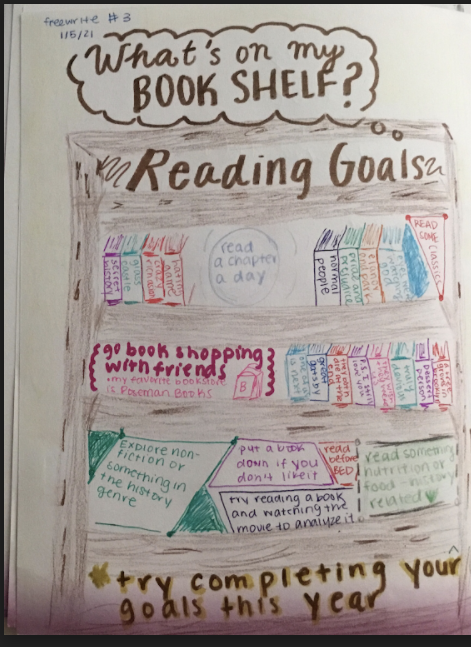

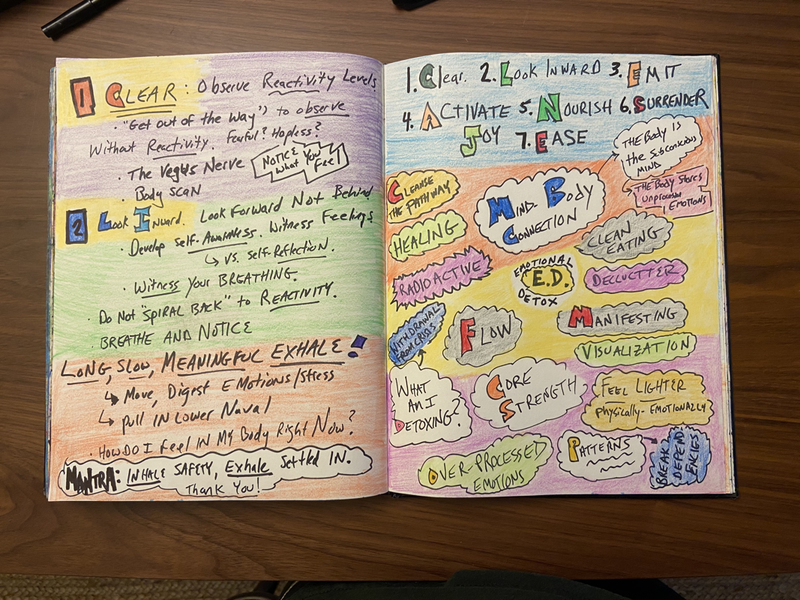

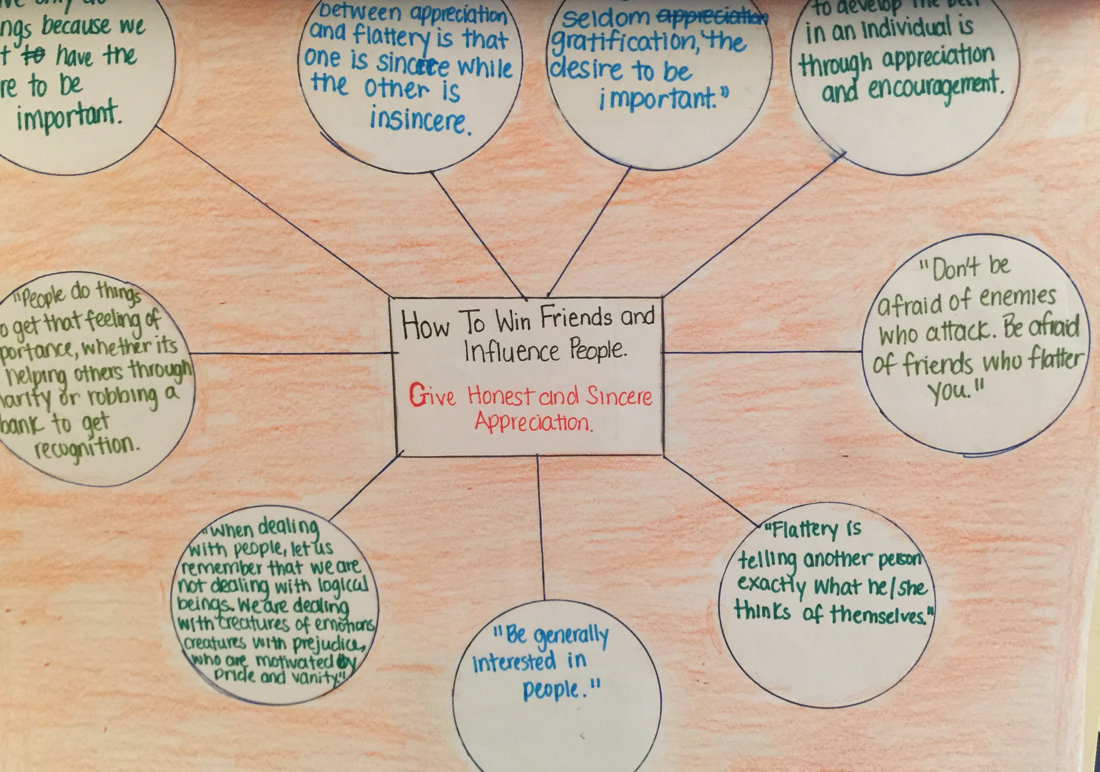


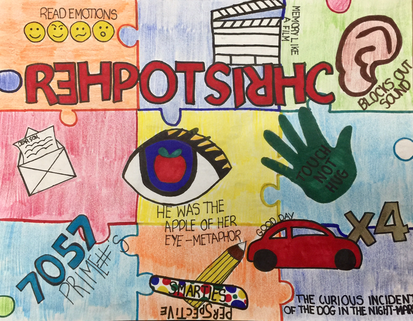

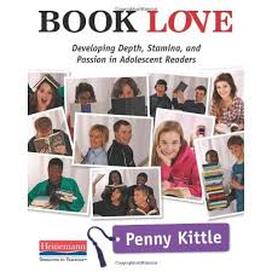

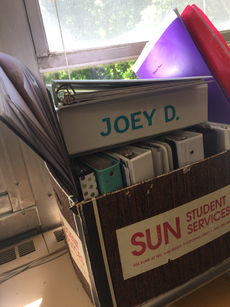



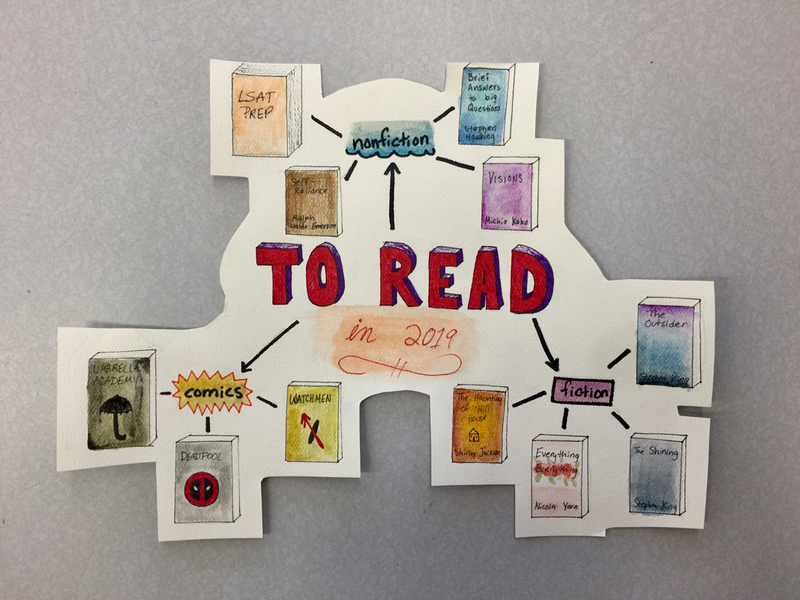
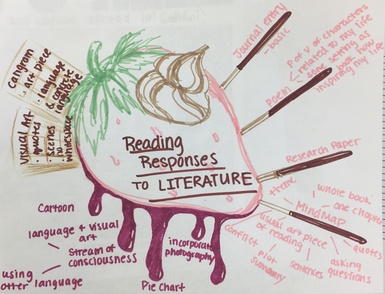
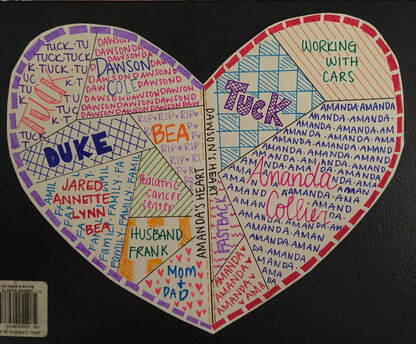

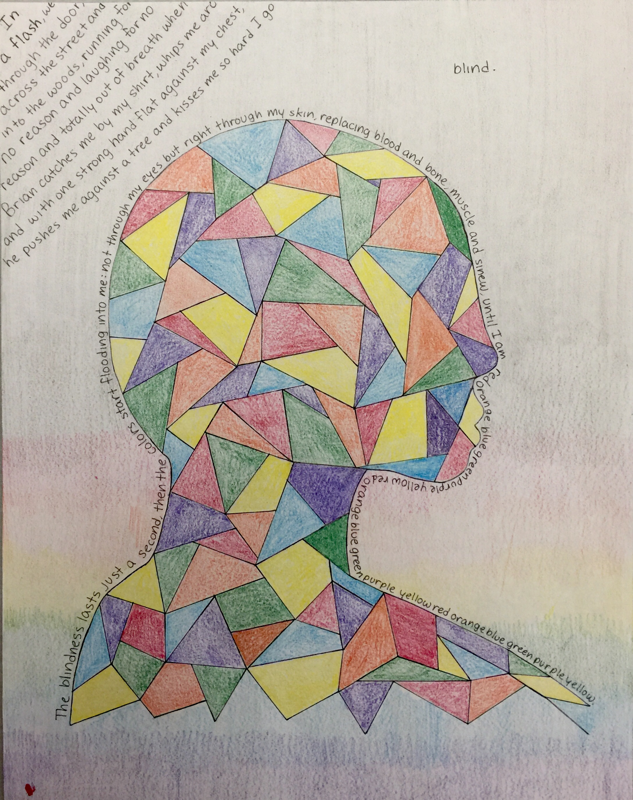
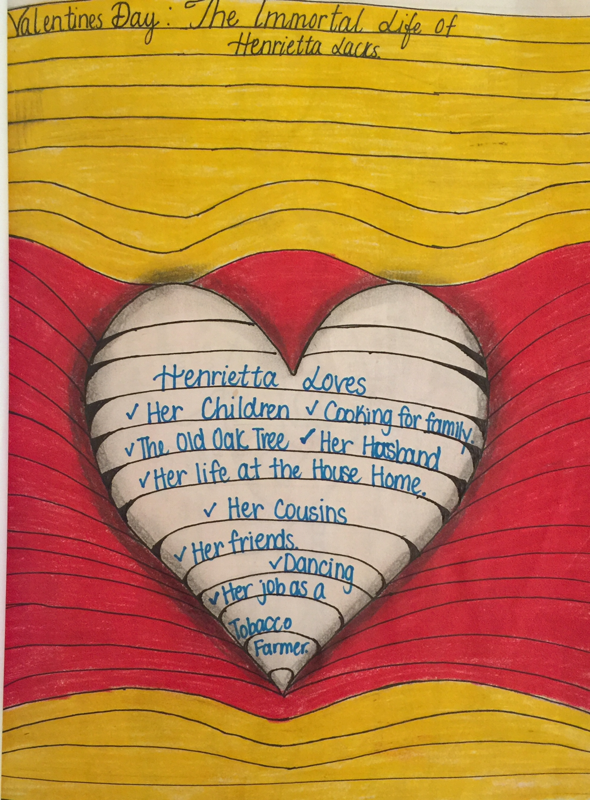
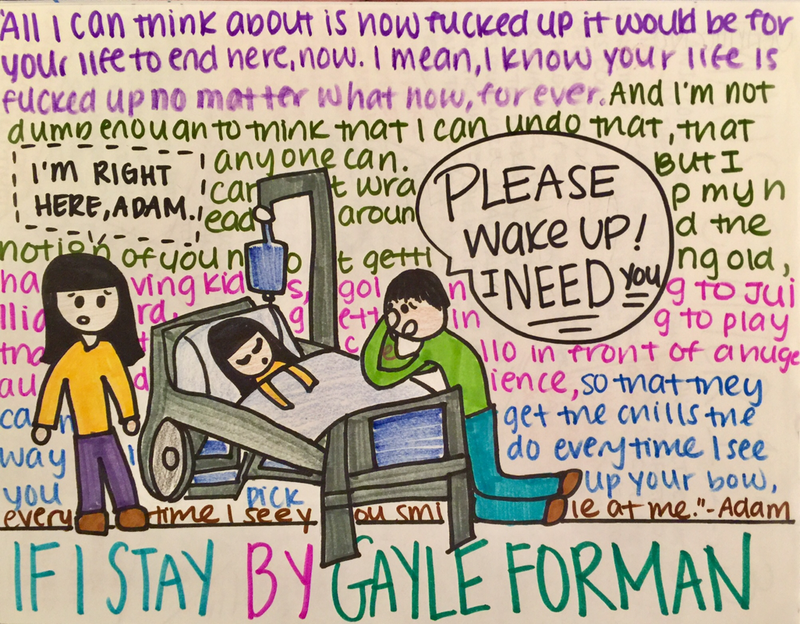
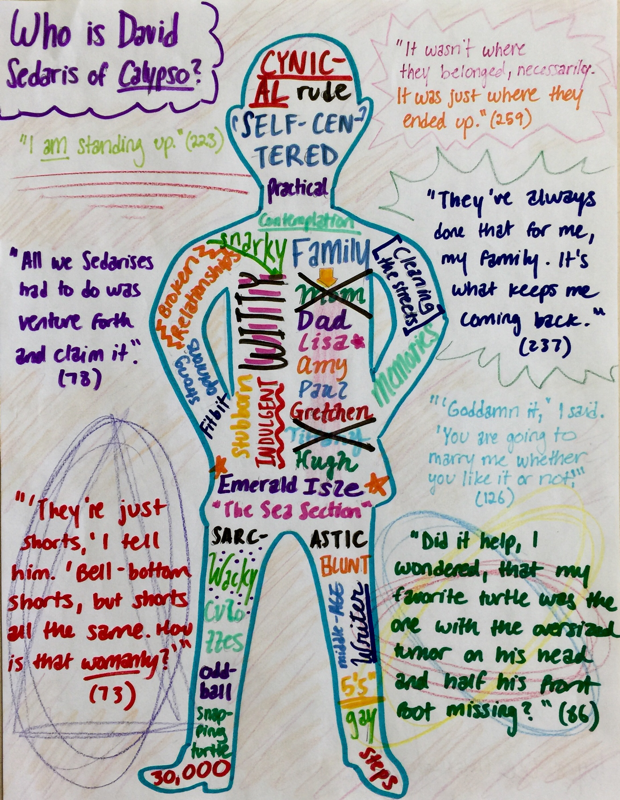

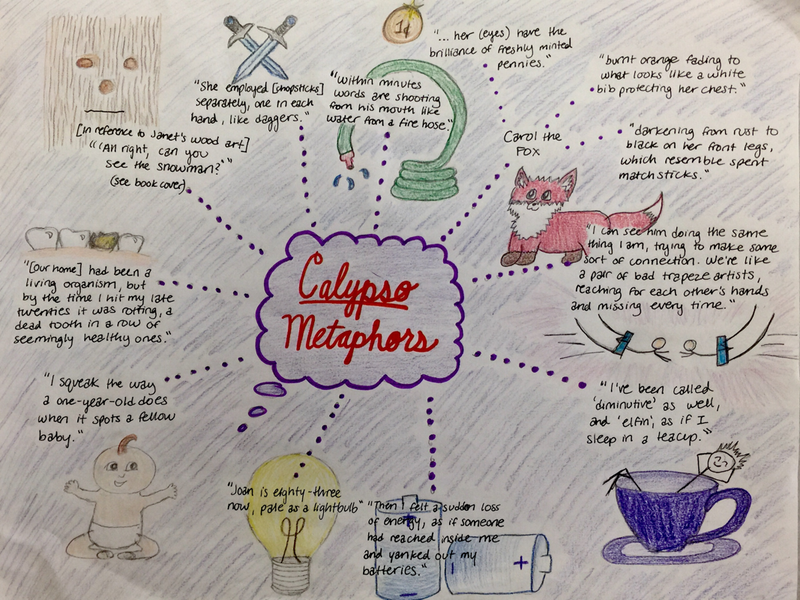

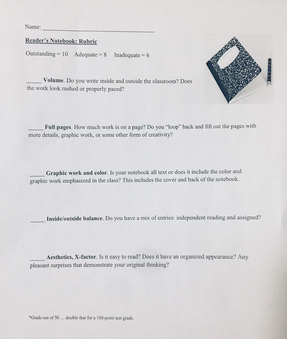







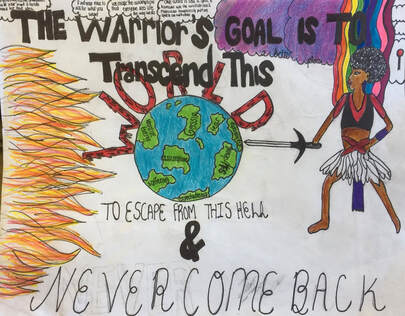


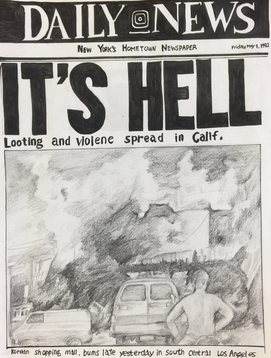







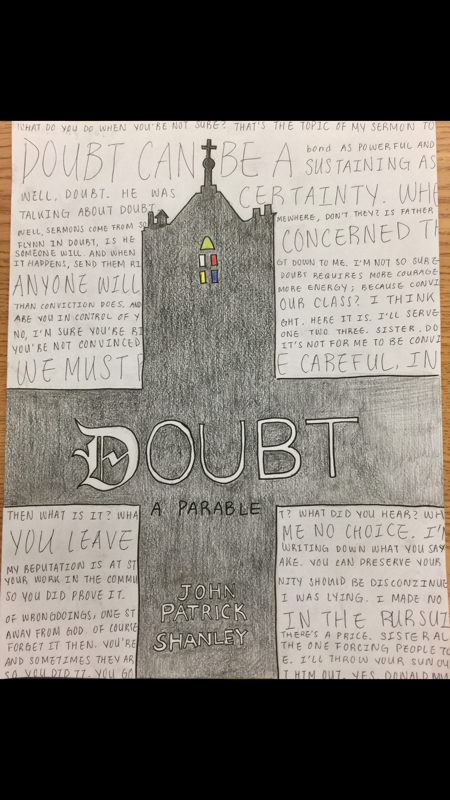
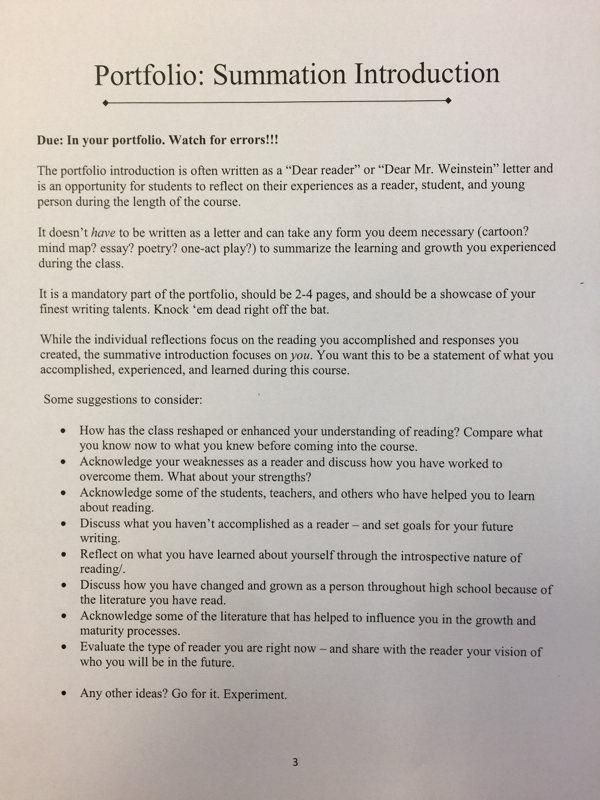

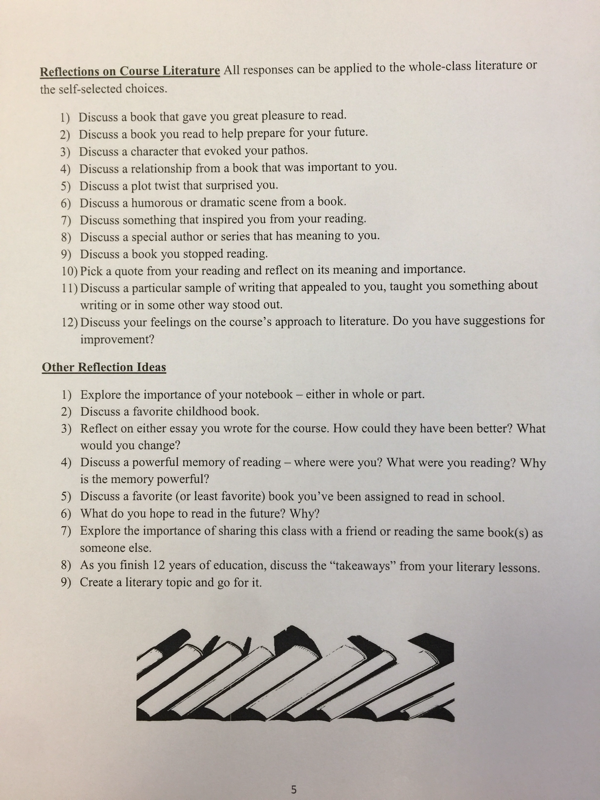
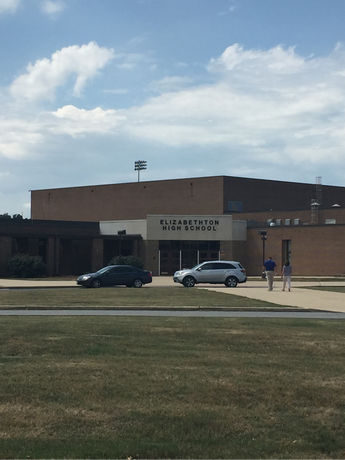



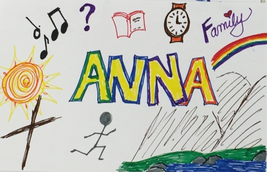
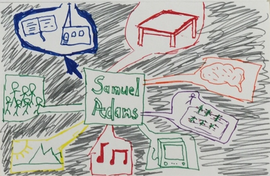

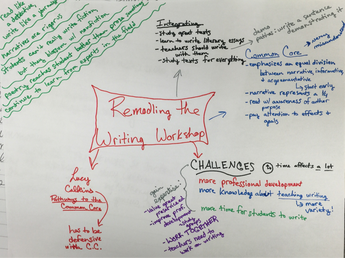

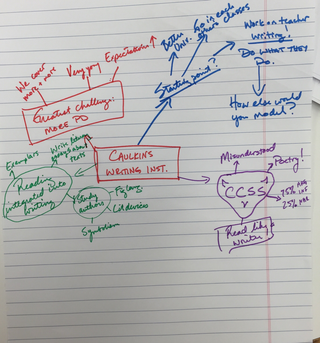






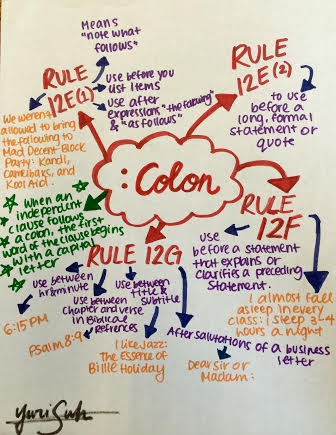
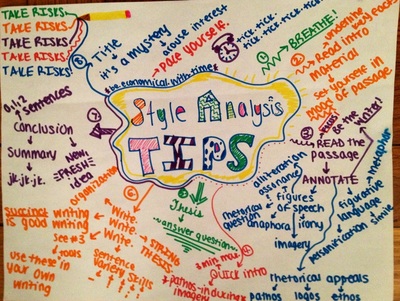


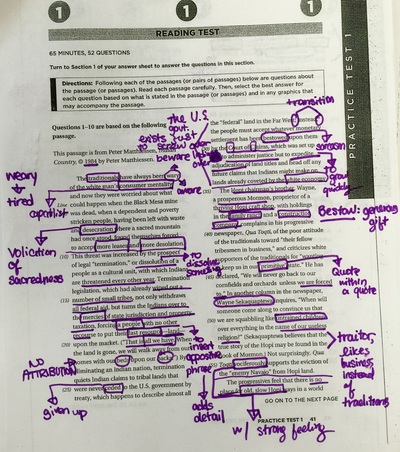
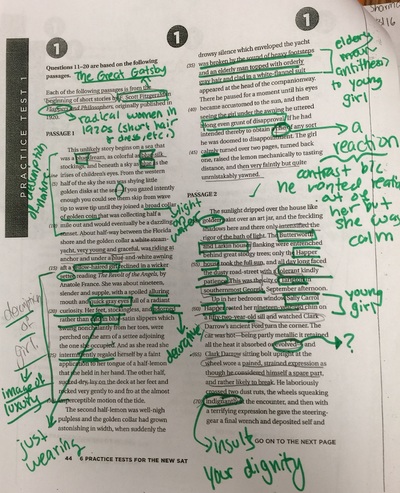


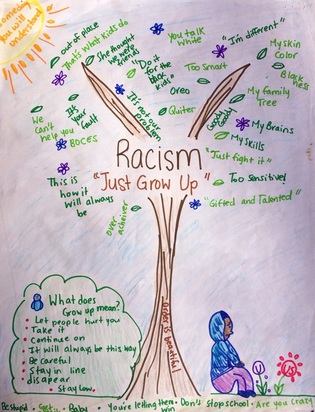
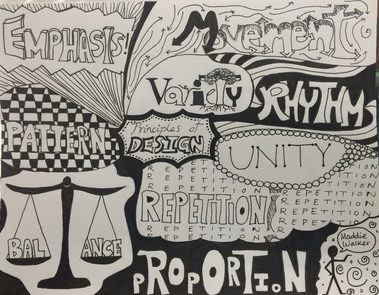


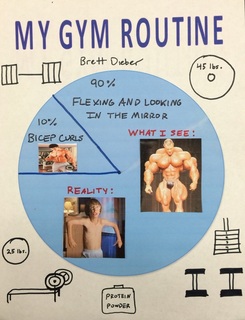

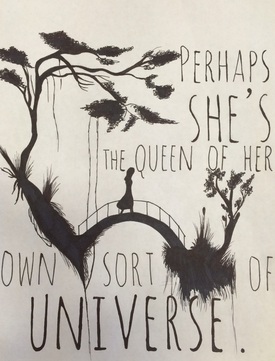


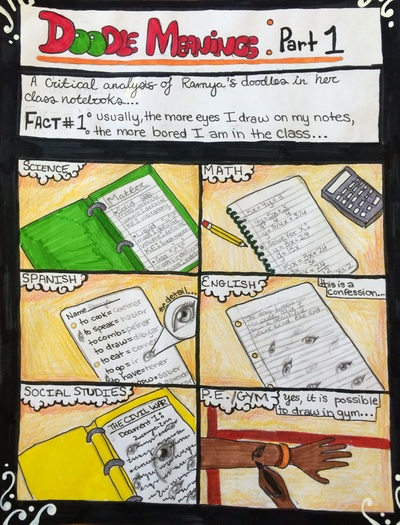




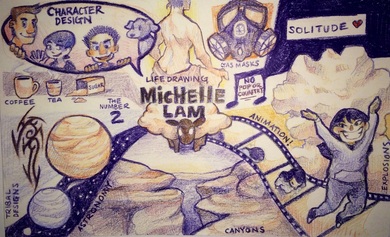
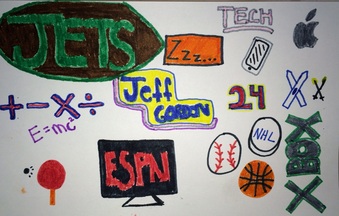
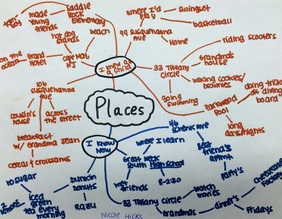

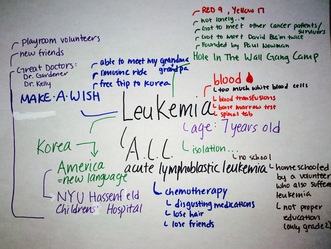



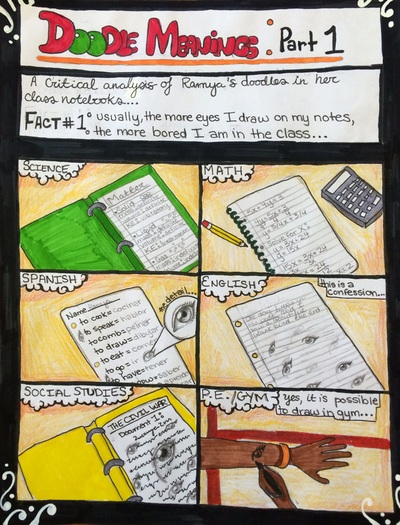
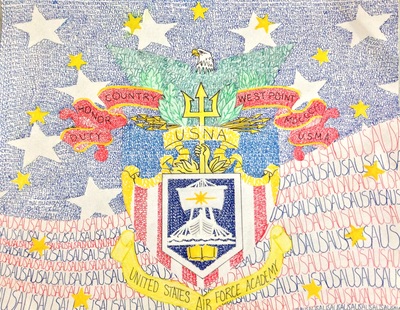

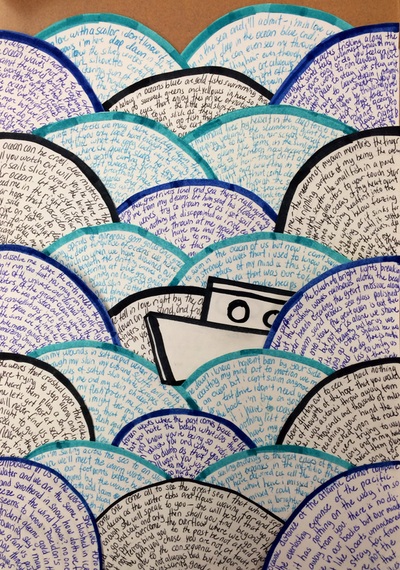






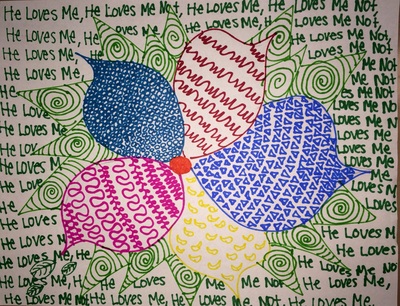
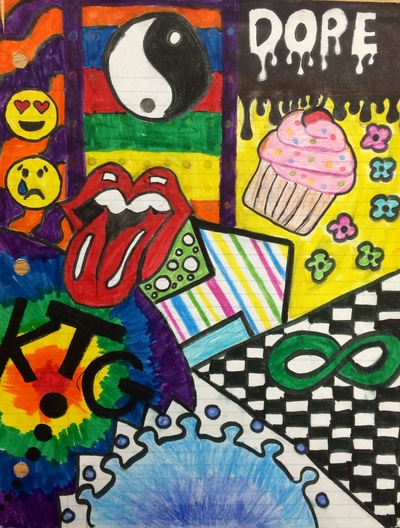
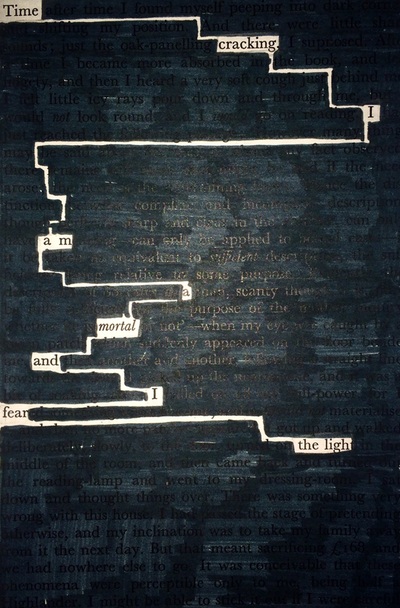

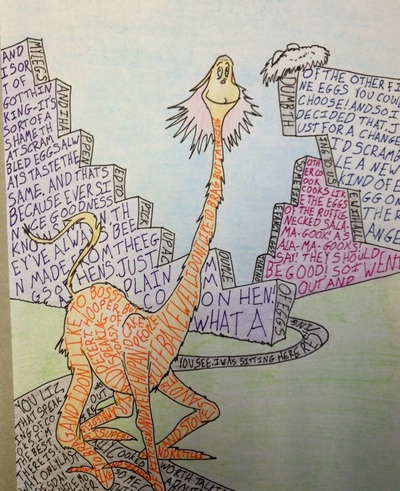


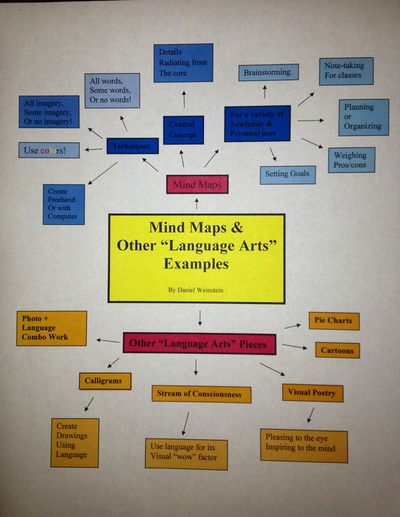




 RSS Feed
RSS Feed